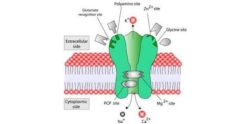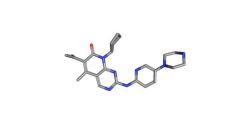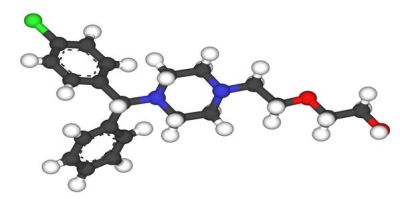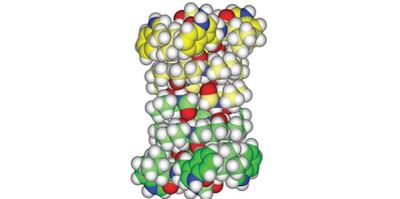A novel method for growing bacteria has finally yielded a promising new antibiotic which could be a major breakthrough ending a decades-long drought in antibiotic discovery.
The last new class of antibiotics was discovered nearly three decades ago. During this time, microbes have become more and more resistant.
However, a new study published in the journal Nature talks about a project undertaken by researchers at Northeastern University in Boston, Massachusetts in which they created a subterranean "hotel" for bacteria.
One bacterium was placed in each room of this hotel and the device was buried in soil. Chemicals that were produced by the microbes were dug up and were then tested for antimicrobial properties.
25 new antibiotics were discovered using this method but according to the lead scientist Prof. Kim Lewis, teixobactin appears to be the most promising one.
"[The study shows] uncultured bacteria do harbour novel chemistry that we have not seen before. That is a promising source of new antimicrobials and will hopefully help revive the field of antibiotic discovery."
Tests on teixobactin show that it is toxic to bacteria and could clear a deadly dose of MRSA in tests on mice. The research team believes that bacteria are unlikely to develop resistance to teixobactin. The drug targets fats which are essential for building the bacterial cell wall. According to Prof. Lewis, teixobactin is an antibiotic that evolved to be free of resistance. This is a quality that has not been seen in other antibiotics before.
However, the drug still has to be tested in humans. It is important to note that teixobactin works only on gram-positive bacteria, which include MRSA and mycobacterium tuberculosis. It does not work against gram-negative bacteria such as E-coli.
While this new discovery may be a breakthrough in antibiotic research, there is still a need to understand the inappropriate use of antibiotics globally which contributes to the problem of antibiotic resistance. Even with the discovery of a new and effective antibiotic, the question remains whether we can be trusted with this new drug or will repeat the same mistakes again.
Prof. Laura Piddock hails the discovery of teixobactin as amazing, exciting and a possible game-changer, while Prof. Mark Woolhouse believes that it is vital to open up the antibiotic pipeline to avert a public health disaster. Dr. James Mason from King's College is also optimistic about this discovery and believes that this approach could open up a whole new route to a number of potential products.
Source: Nature
Image Credit: Flickr.com
References:
Losee L. Ling et al. A new antibiotic kills pathogens without detectable resistance. (2015) Nature. doi:10.1038/nature14098
























